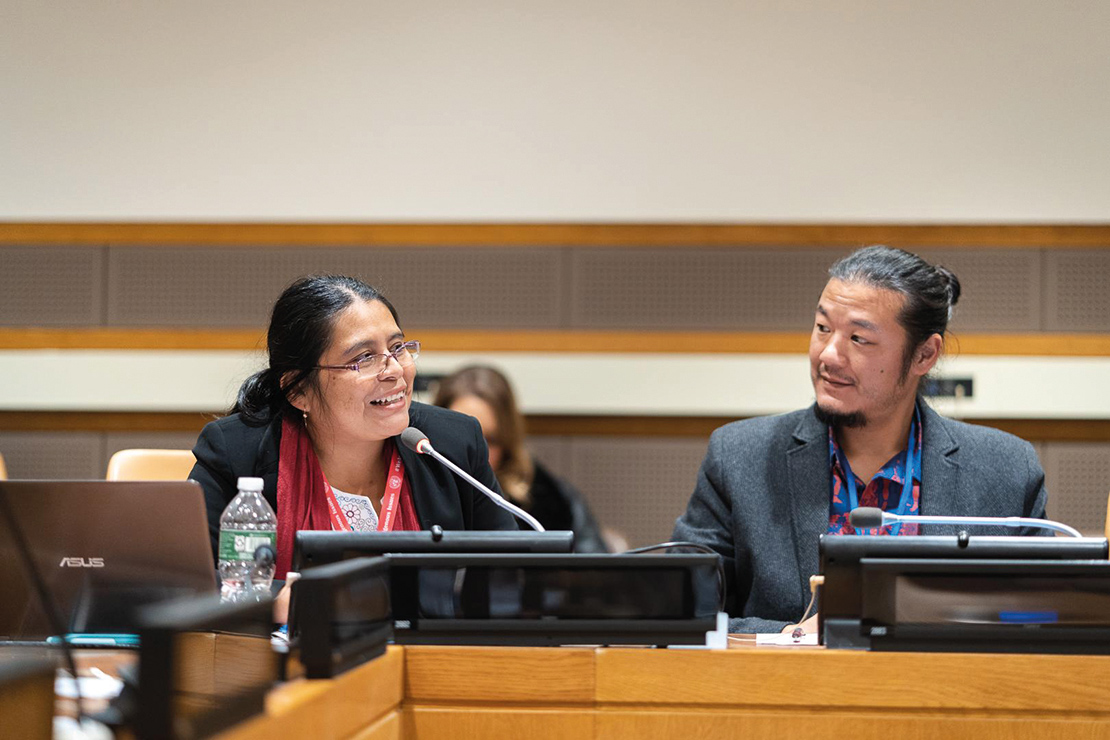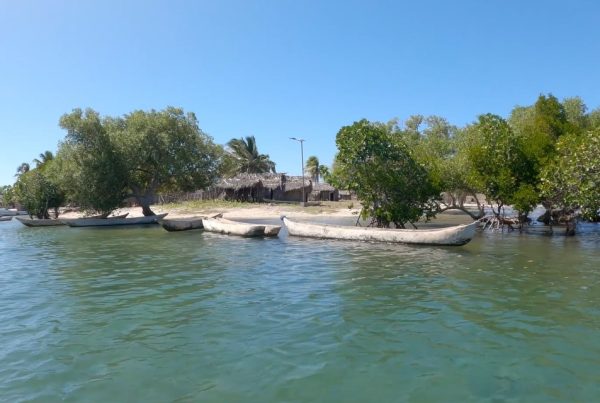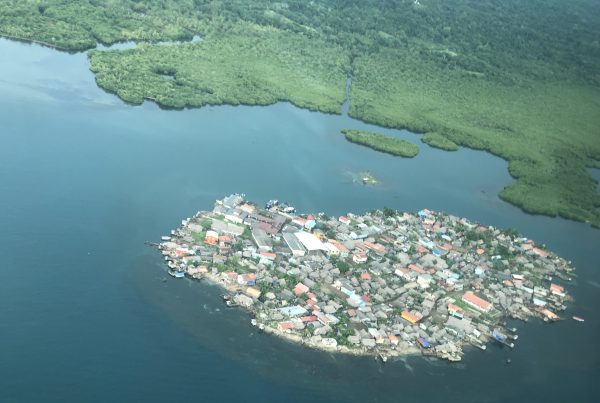In the Toledo District of Belize, which is part of the Mesoamerican Biodiversity Hotspot, the Maya are stewards of an estimated 200,000 hectares of tropical rainforest, savannah and wetland ecosystems.
In each Maya village, land and resource use follows sustainable stewardship practices, with areas reserved for farming, medicinal use, spiritual use, hunting, and conservation to sustain a healthy watershed.
On 22 January 2001, the Government of Belize granted an exclusive concession to US Capital Energy Belize to conduct oil exploration within Maya territory in southern Belize. There was no consultation with the affected Maya communities. The concession covers 313,906 hectares, including all the traditional Maya lands in the Toledo District and land within the Sarstoon-Temash National Park, which encompasses land belonging to the Maya communities of Crique Sarco, Midway, Sunday Wood, Conejo, and the Garifuna indigenous community of Barranco. In 2014, US Capital Energy Belize installed a drill pad and rig within the national park to conduct exploratory drilling.
In addition, in 2011, despite a court injunction, the government issued logging permits on Maya lands to third parties without consultation or the consent of Maya people. Maya village leaders monitored vast quantities of timber illegally removed from their land for export to China; seven times more rosewood was logged that year in Toledo than permitted by the Forestry Department. Initially the government took no action to curb this illegal logging. Two more cases have recently been filed by the Maya Leaders’ Alliance and other aggrieved leaders for incursions onto Maya lands without consultation or consent:
- The government seized a large area of farmland in Jalacte Village for construction of a major highway and associated infrastructure. The highway runs directly through the village and disrupts community access to farmland.
- An individual took up residence near a protected sacred site that was understood by the community to be off limits for building. They bulldozed a road and damaged an ancient Maya temple. They did not seek or receive permission, either from the government or from the local community.
The Maya have fought these cases in the Belize Supreme Court, the Caribbean Court of Justice, and the Inter-American Court of Human Rights. In 2015, the Caribbean Court of Justice—the highest court of the Belize judicial system and the Caribbean—awarded ‘legal and constitutional effect to the umbilical relationship between the Maya people of southern Belize and the land and its resources that have long provided physical and spiritual sustenance to them and their forebears’. The decision of the court led to recognition of collective and individual property rights for the Maya people within the scope of Sections 3(d) and 17 of the Belize Constitution.
A Maya Q’eqchi attorney addresses the United Nations Permanent Forum on Indigenous Peoples Issues. Credit: Jamie Malcolm-Brown.
Author
- Maya Leaders’ Alliance
Ecosystems
- Tropical forests
Topics
- Land rights and tenure
- Governance
Type
- Short-form
Date
- This case study forms part of LBO-2, originally released in 202o.



